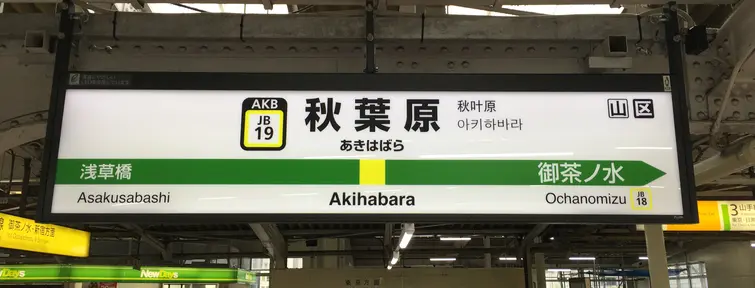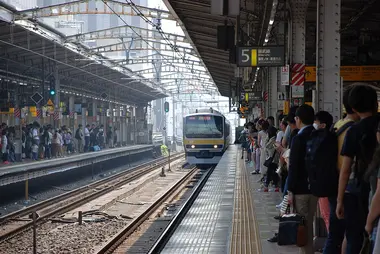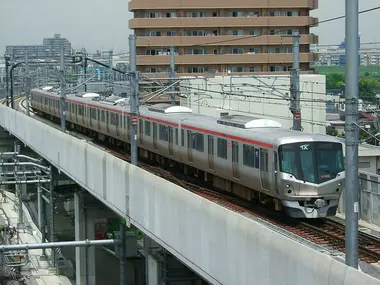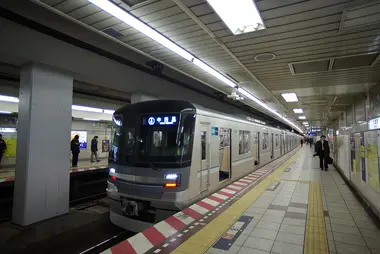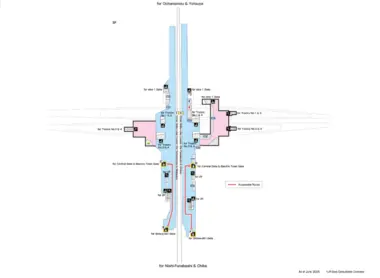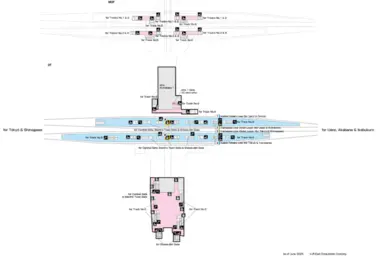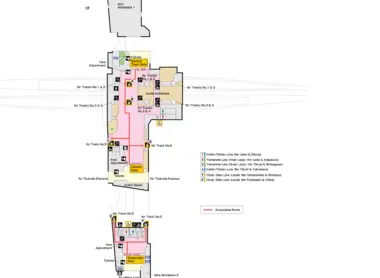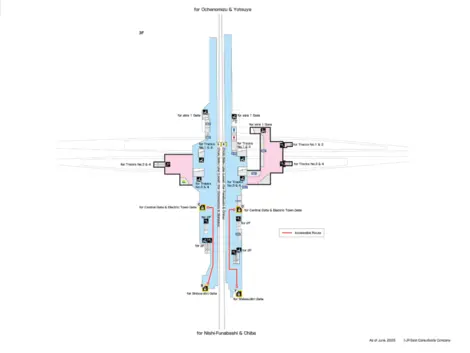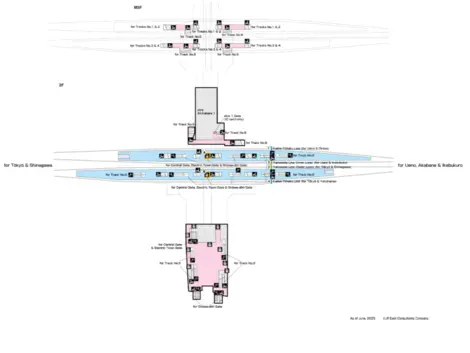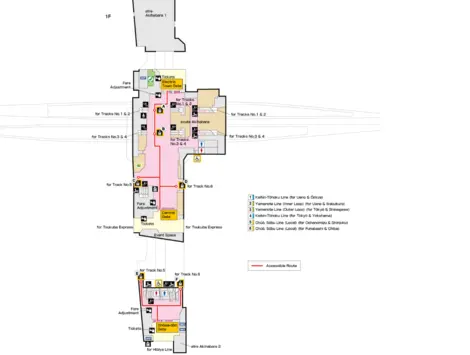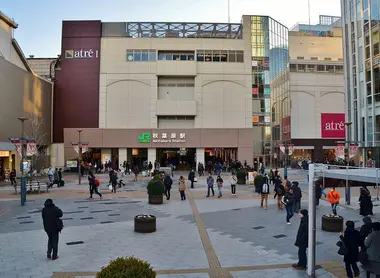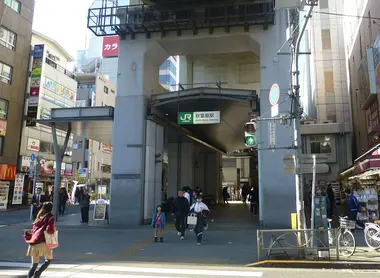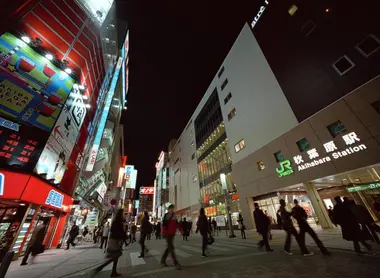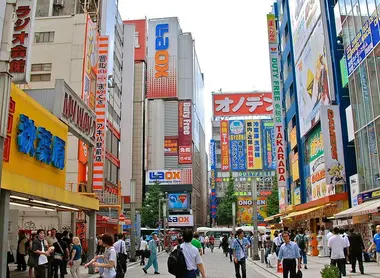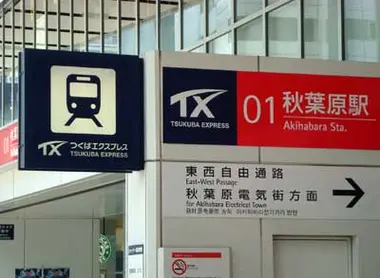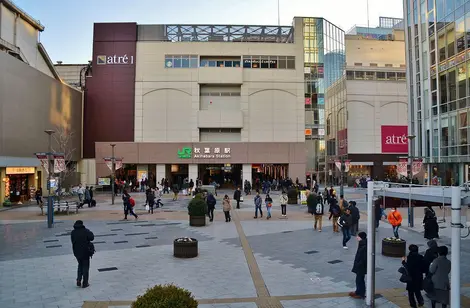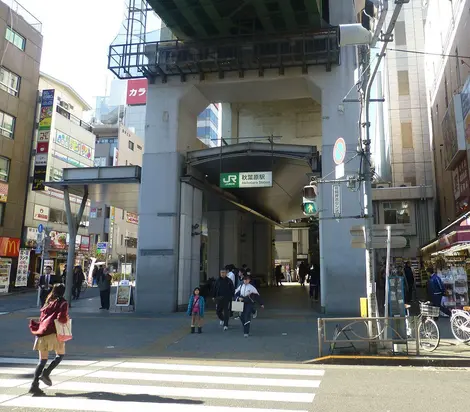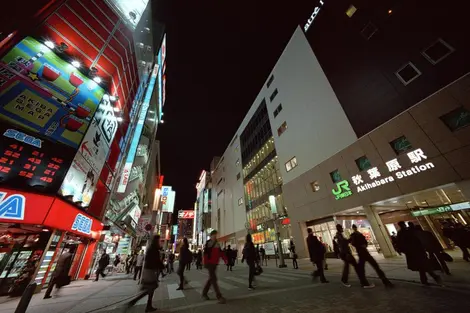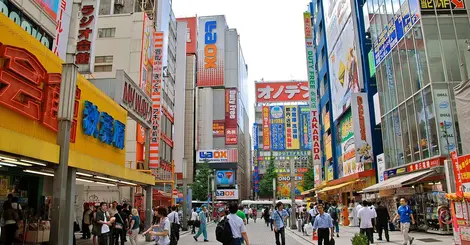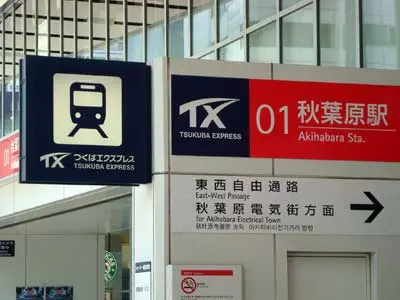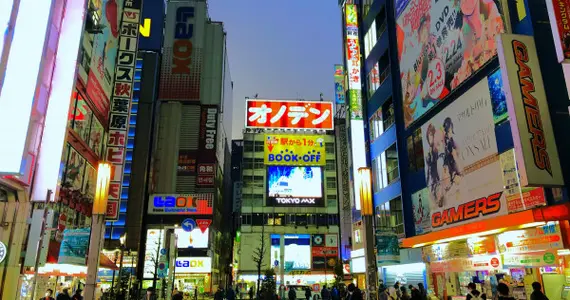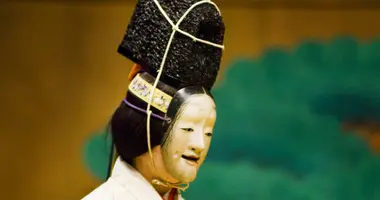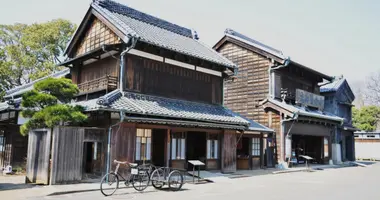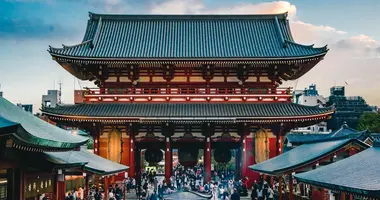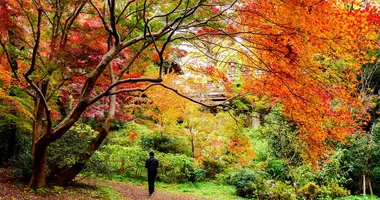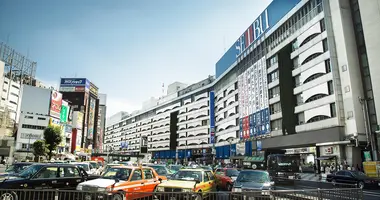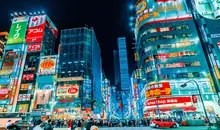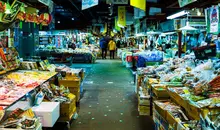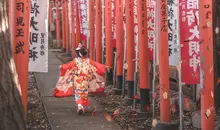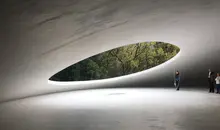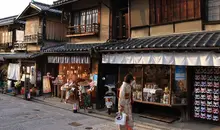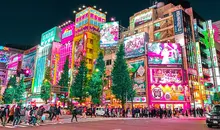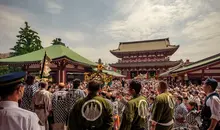Akihabara Station
- Published on : 19/03/2019
- by : O.F.
- Youtube
Akihabara Station is located northeast of Tokyo, in the Chiyoda district, between Kanda and Okachimachi stations on the JR Yamanote Line. Akihabara is known for being a bustling shopping district, with many stores specializing in electronics, anime, and manga.
A hub for transit and hobbies!
Akihabara Station is one of the largest and most visited stations in all of Tokyo. Its location is very central and at the brink between the more modern Yamanote side and the more retro Shitamachi side of the city. The train lines at Akihabara Station are as follows:
JR East
- Keihin-Tohoku Line
- Yamanote Line
- Chuo-Sobu Line
Tokyo Metro
- Hibiya Line
Metropolitan Intercity Railway System
- Tsukuba Express
The JR Yamanote Line is the most ridden and famous public train line in Tokyo, going in a loop around the central portion of the city. It consists of some of Tokyo’s most well-known stations that service its major commercial and transportation hubs, such as Shinjuku, Shibuya, Ueno, and Shinagawa.
JR platform 2 at Akihabara Station is for the Yamanote Line going towards Ueno, Tabata, and Ikebukuro. Platform 3 is for the Yamanote Line going towards Tokyo Station, Shimbashi Station, and Shinagawa Station.
JR platforms 1 and 4 are for the Keihin-Tohoku Line. Platform 1 goes towards Ueno, Tabata, and then Omiya, a major city in Saitama Prefecture. Platform 4 goes towards Tokyo Station, Shinagawa Station, and then Yokohama Station in the neighboring Kanagawa Prefecture.
JR platforms 5 and 6 are for the Chuo-Sobu Line; the former goes towards Ochanomizu Station, Shinjuku Station, Nakano Station, and Mikata Station. The latter goes out to Kinishicho Station, Funabashi Station, and Chiba City, the capital of Chiba Prefecture.
These JR Lines are fully covered by holders of the Japan Rail Pass.
Get around Tokyo and the entirety of Japan with the Japan Rail Pass!
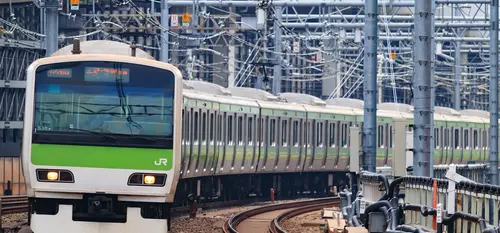
JR Yamanote Line Train
@Wikimedia
The Tokyo Metro Hibiya Line has a separate entrance underground.
- Hibiya Line platform 1 goes out to Ginza Station, Kasumigaseki Station, and Nakameguro Station.
- Hibiya Line platform 2 goes to Ueno Station and Kita-Senju Station.
This line plays the popular AKB48 song “Koi suru Fortune Cookie” as its jingle when departing.
Finally, the Tsukuba Express is a specialized train that connects Akihabara Station to Tsukuba Station in Ibaraki Prefecture. There are two tracks that are located underground. Akihabara Station is the terminal station for the line. On the way to Tsukuba, it stops at stations such as Minami-Nagareyama and Moriya.
In addition to trains, special buses are available for Tokyo Disneyland and Haneda Airport. Both destinations are about 30 min from Akihabara station.
City buses are also there, such as the Akiba shuttle, which leaves from the central exit of Akihabara Station towards the Asakusa district (in front of the Kaminarimon gate) and for the Tokyo Skytree. Long-distance buses also serve the cities of Osaka, Kyoto, and other destinations in the Kansai region, as well as the prefectures of Gunma, Yamagata, and Iwate.
On the third floor of the station, access allows direct access to the ATRE shopping center. The latter, built around and above the station, includes many shops and restaurants.
Akihabara Station Major Exits
Akihabara Station covers a wide area and has multiple exits leading to different parts of the neighborhood. People from all over flock to Akihabara for a range of hobbies, from gaming to electronics to restaurant hopping. Take a look at the major exits for the station:
- Electric Town Exit: The most famous exit of Akihabara Station that leads to Chuo-dori, well-known for pop culture and otaku attractions. It is also nearby Kand Myojin Shrine.
- Showa-dori Exit: Leading to the historic Showa-dori that was and remains a major hub for electronics, the large Yodobashi Camera store is located nearby this exit.
- Central Gate: This exit is located between the Electric Town Exit and Showa-dori Exit; this is a convenient spot for exploring the general area.
- Exit A1: Leading to and out of the Tsukuba Express gates, the Tsukuba Express logo signifies the exit.
- Tokyo Metro Hibiya Line Exit (A3): Exit A3 leads to and from the Hibiya Line gates. Nearby, the entrance to Iwamotocho Station on the Toei Shinjuku Line makes for an easy transfer.
History of Akihabara Station
Akihabara Station was opened in November 1890 as a freight terminal. It was not opened to passenger traffic until 1925, after the Yamanote Line was completed. At that time, the convenience of transportation in this part of Tokyo caused many wholesalers to congregate around the station. This then led to Akihabara being seen as a fruit and vegetable market.
Interestingly, the outdoor section of Akihabara Station is cross-shaped, with the tracks of the Chuo-Sobu Line running east to west and the Yamanote and Keihin-Tohoku lines running north to south.
For more information on Japan and Japan travel, be sure to sign up for our newsletter and follow us on Instagram!
